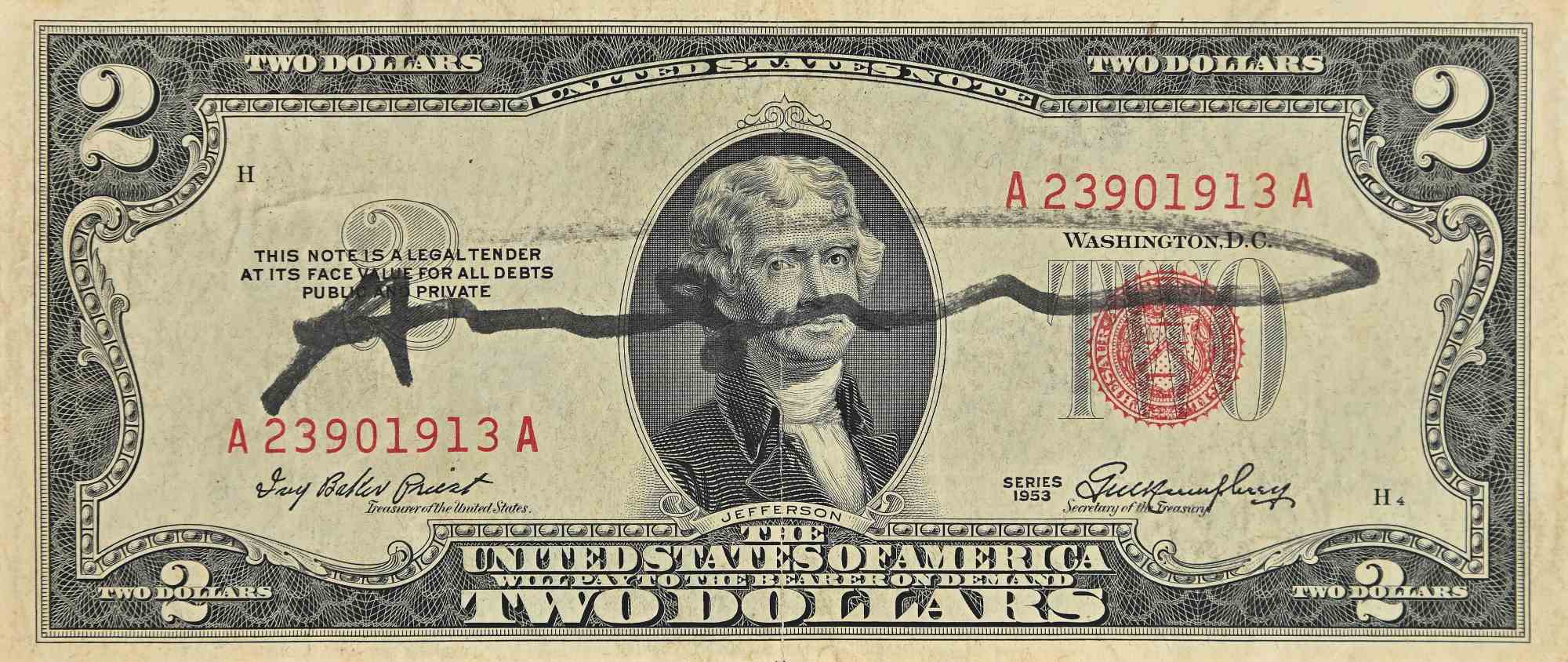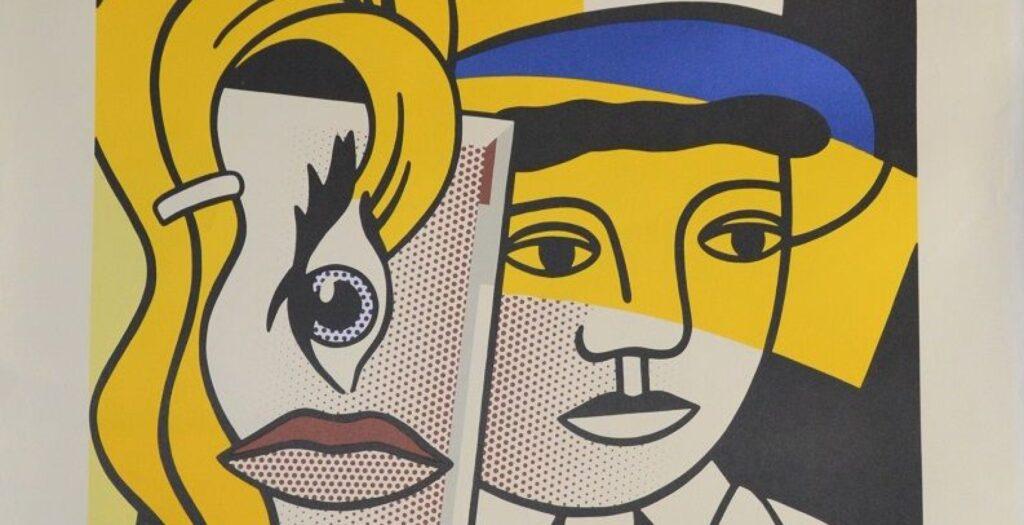
Pop Art: Beyond Soup Cans and Comics
In the mid-20th century, a revolutionary art movement emerged that would forever change the way we perceive and engage with art. This movement, known as Pop Art, took the ordinary and transformed it into the extraordinary, challenging traditional notions of art and redefining popular culture. Pop Art’s origins, the context in which it was born, its role in the history of art, and its performance in the art market all contribute to its enduring significance in the world of creative expression.
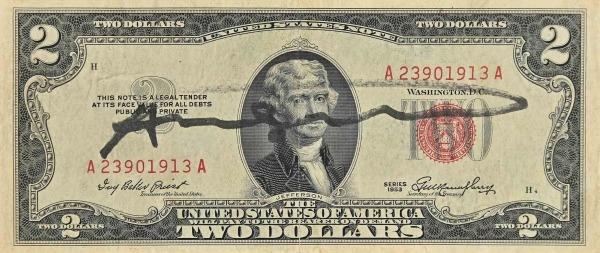
Origins of Pop Art
While Pop Art is often associated with the United States and the United Kingdom, its roots are more international than commonly recognized. Eduardo Paolozzi, a Scottish sculptor and collagist, is considered one of the early pioneers of Pop Art. His 1947 collage titled “I Was a Rich Man’s Plaything” is often cited as one of the earliest works of Pop Art, even preceding the emergence of the movement in the United States.
Anyway, the origin of Pop Art can commonly be traced back to the late 1950s in both the United Kingdom and the United States. Its birth occurred against the backdrop of the post-World War II era, which was marked by significant social, cultural, and technological changes.
Pop Art was a reaction to the Abstract Expressionist movement that dominated the art scene at the time. Artists like Jackson Pollock and Willem de Kooning had been creating abstract, emotionally charged works that often left the general public baffled. Pop Art, in contrast, sought to bridge the gap between art and everyday life, making art accessible and relatable to a broader audience. The booming consumer culture, mass production, and the rise of advertising were key influencers. The prevalent consumerism and the ubiquity of popular culture became central themes in Pop Art.
By elevating everyday objects and mass-produced imagery to the status of art, Pop artists brought the mundane into the realm of high culture, effectively blurring the boundaries between art and life. Artists like Richard Hamilton, Eduardo Paolozzi, and the iconic Andy Warhol found inspiration in the visual language of advertising, consumer products, and mass media.
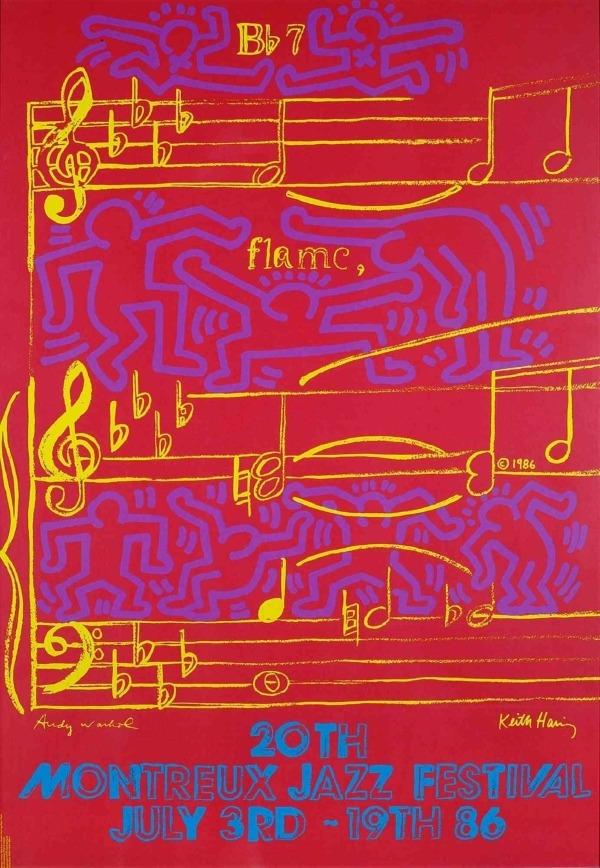
International Resonance
Additionally, Pop Art found resonance in other parts of the world, such as Japan and Latin America. Japanese artist Yayoi Kusama, for instance, incorporated elements of Pop Art into her work during the 1960s. Her use of repetitive patterns and consumer products in her art was influenced by the movement, though she is often associated with other art movements.
Female Pop Artists
While the male figures of Pop Art often dominate the narrative, there were notable female artists who made significant contributions to the movement. Artists like Rosalyn Drexler, Marjorie Strider, and Sister Corita Kent engaged with Pop Art themes in their work. Corita Kent used her art to convey messages of social justice, incorporating text and vibrant imagery to create powerful works that addressed issues like civil rights and peace.
These female Pop artists challenged the male-dominated art world and expanded the boundaries of Pop Art by infusing it with their unique perspectives and concerns.
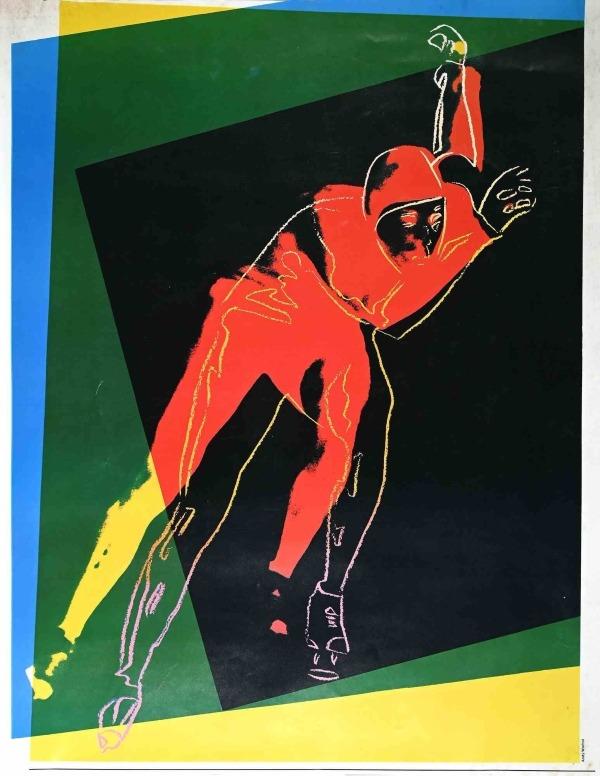
Role in the History of Art
Pop Art is often celebrated for its bold and vibrant use of color, as well as its incorporation of recognizable imagery. Artists employed techniques such as screen printing, collage, and the use of stencils to replicate and manipulate iconic images from popular culture. One of the most famous examples of Pop Art is Andy Warhol’s series of Campbell’s Soup Cans, which transformed a simple grocery item into a symbol of American consumer culture.
This movement challenged traditional notions of artistic originality and authorship. By appropriating existing images and incorporating them into their work, Pop artists questioned the idea of the “unique” artwork. They believed that art could be created from anything and that the concept of the artist as a solitary genius was outdated.
Influence on Contemporary Art
Pop Art’s impact extends well beyond the 20th century. It continues to inspire contemporary artists who reinterpret and build upon its themes. Contemporary artists like Jeff Koons, Takashi Murakami, and KAWS draw on Pop Art’s legacy, blending it with new technologies and cultural references.
Additionally, the proliferation of digital media and the internet has given rise to a new form of Pop Art, where artists manipulate and remix digital images and memes, reflecting the evolving nature of popular culture.
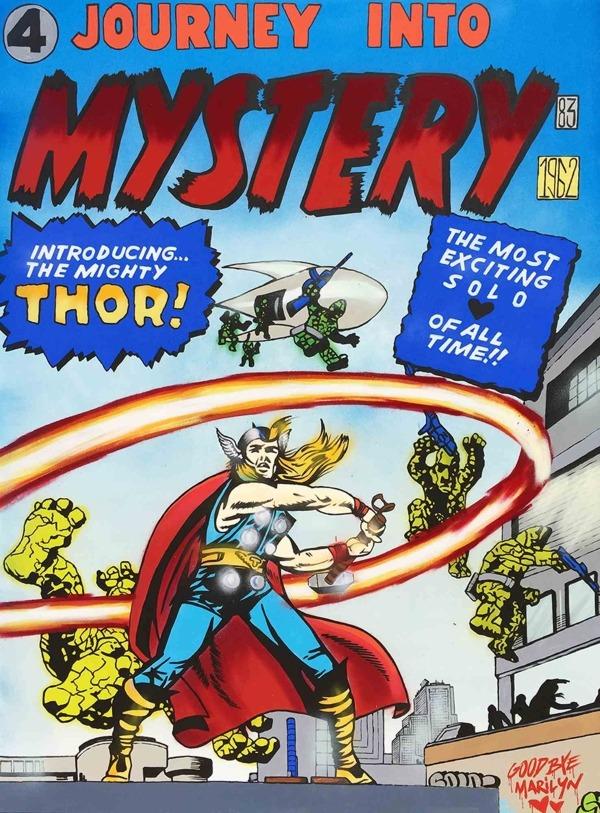
Performance in the Art Market
Pop Art’s popularity extended beyond the canvas and into various forms of popular culture. It found its way into fashion, music, film, and advertising, further reinforcing its impact on society. The widespread recognition of Pop Art contributed to its commercial success in the art market.
Pop Art, and specifically, Andy Warhol mark the market as the most sought-after, paid-for, desired genre (Artsy 2022 Market Report, Statista). Notably, works by iconic Pop artists such as Andy Warhol, Roy Lichtenstein, and Claes Oldenburg have fetched astronomical prices at auctions. For instance, Warhol’s “Triple Elvis” and “Four Marlons” sold for $81.9 million and $69.6 million, respectively, in 2014, reflecting the enduring allure of Pop Art among collectors and investors.
Conclusion
In conclusion, Pop Art emerged as a vibrant and transformative movement in the mid-20th century, challenging established norms in the world of art. Its origins in the post-war consumer culture, its role in art history, and its continued performance in the art market have solidified its place as a pivotal movement in the history of art. Pop Art reminds us that art can be found in the everyday, and it continues to captivate audiences worldwide with its colorful, provocative, and accessible creations.
Related artworks
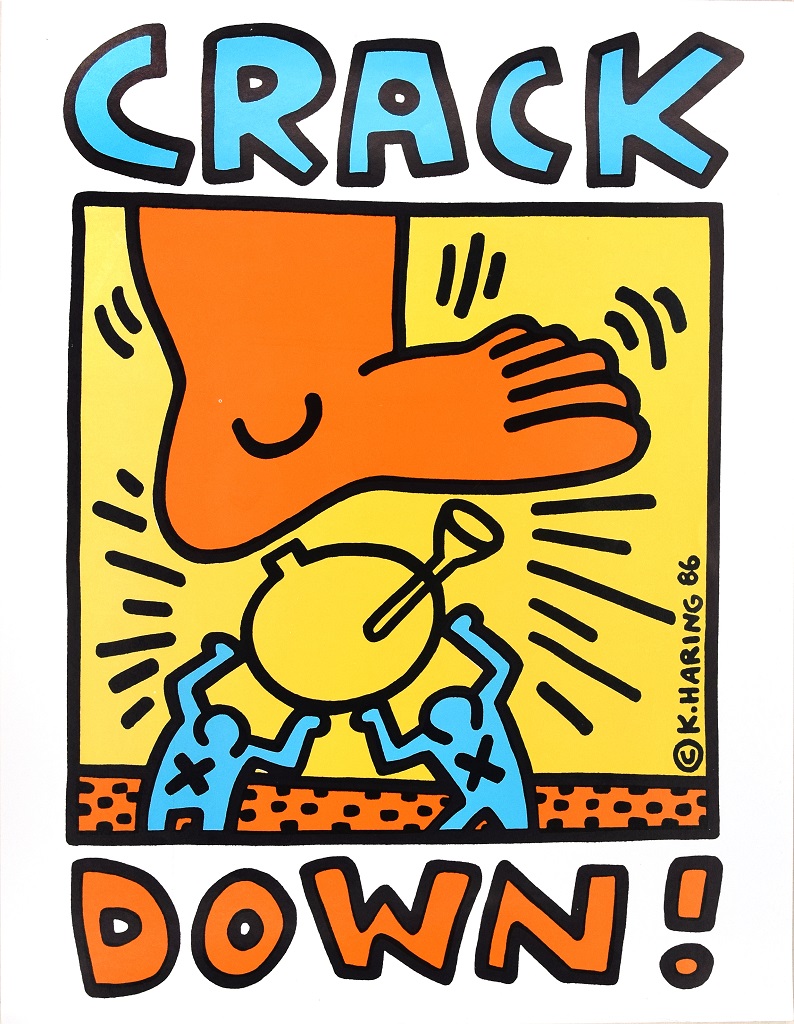
Crack Down!
Keith Haring
Screenprint
880€
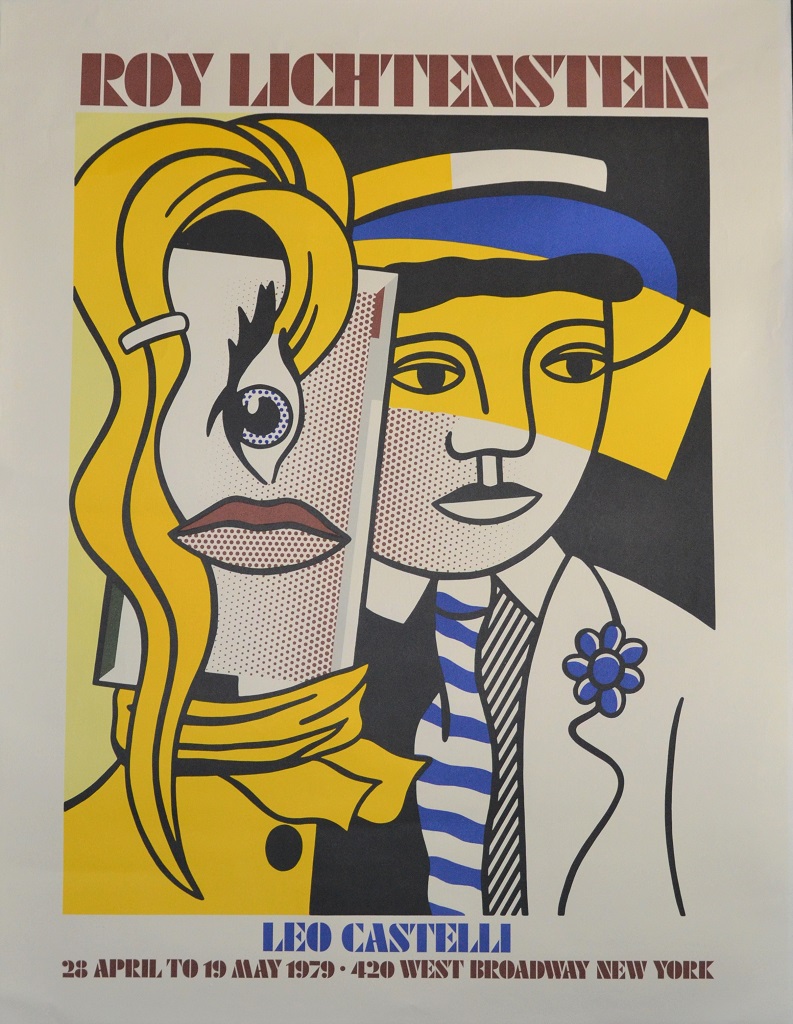
Roy Lichtenstein for Leo Castelli Gallery
Roy Lichtenstein
Offset
1200€
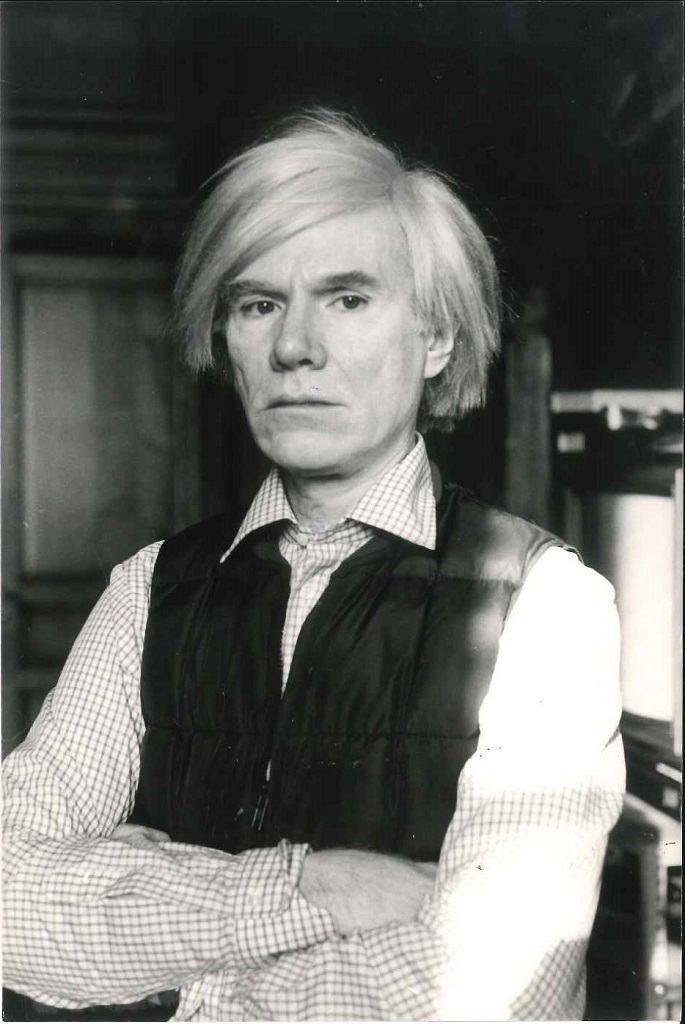
Andy Warhol - Photo-Portrait
n.a.
Unknown Edition
50€
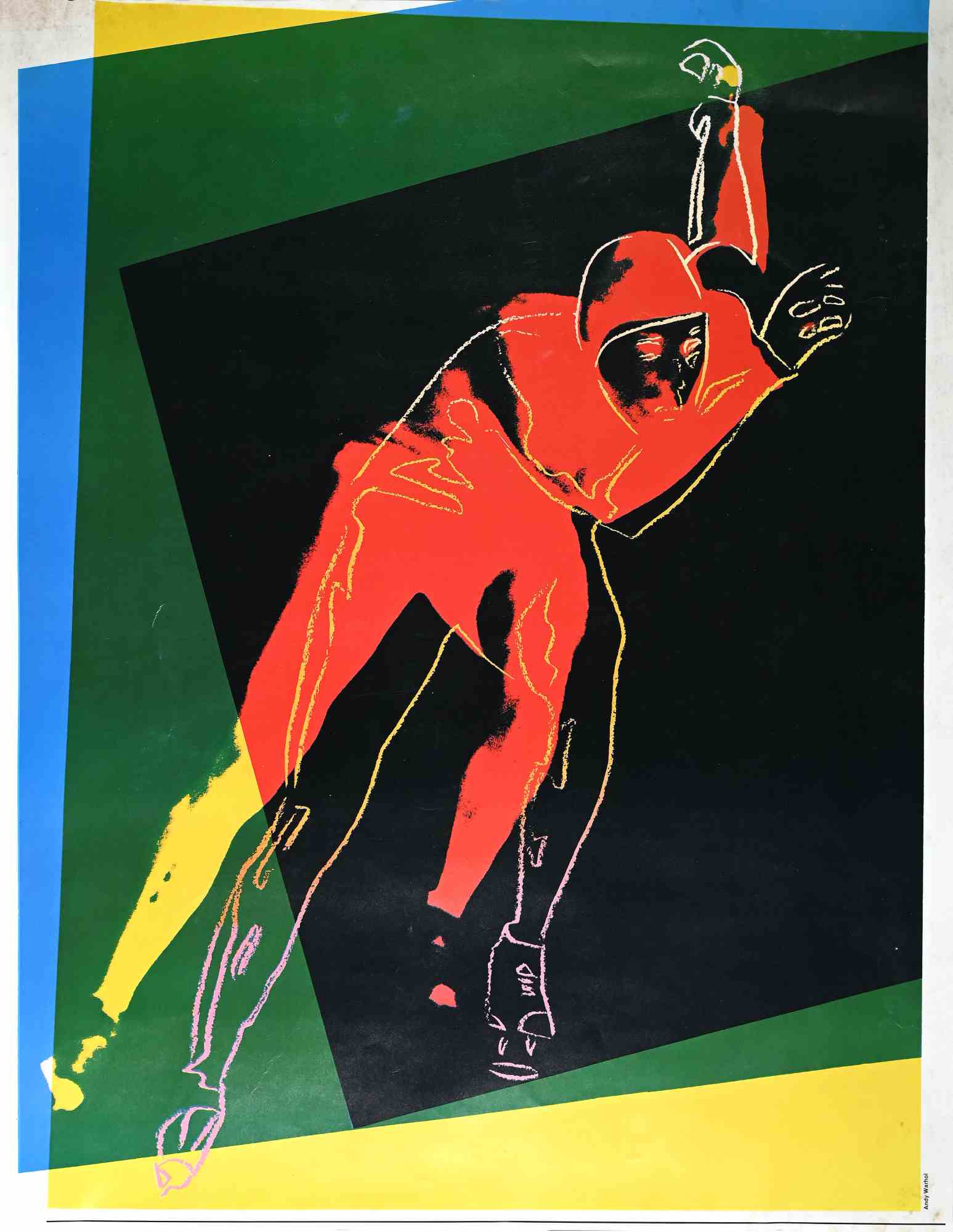
Speed Skater
Andy Warhol
Offset
1000€
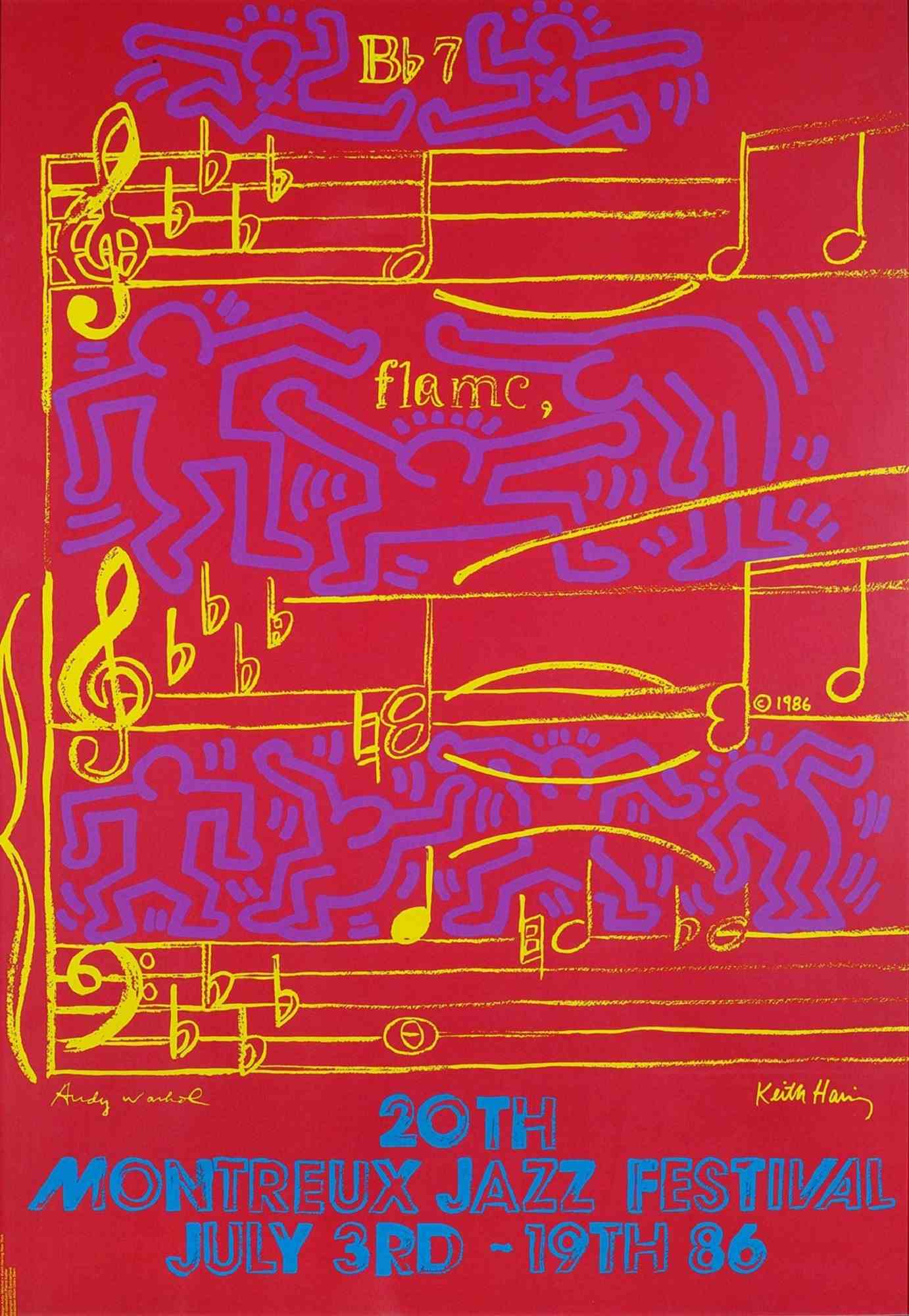
Montreux Jazz Festival
Keith Haring
Screenprint
600€
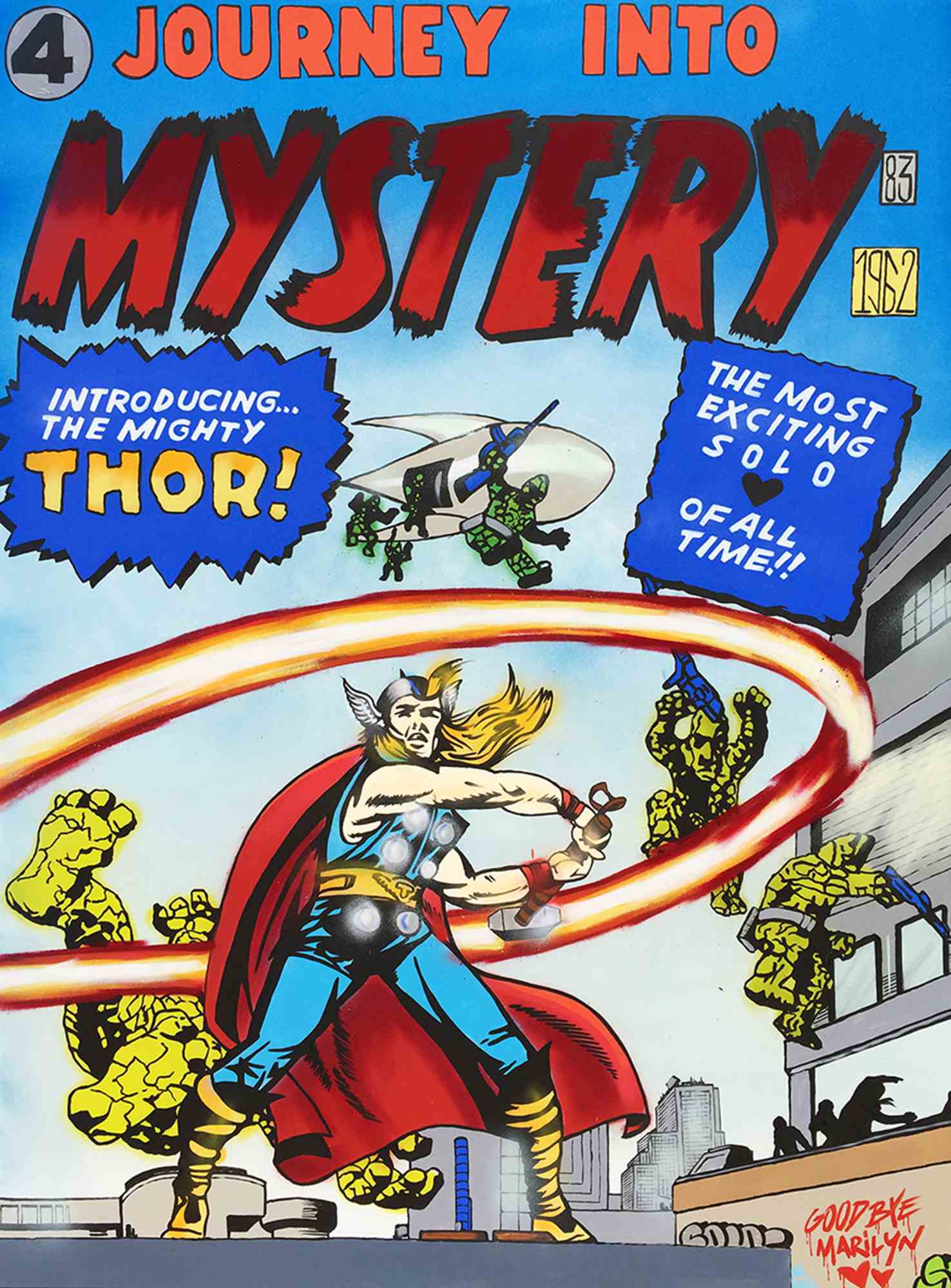
Thor
Solo
5625€
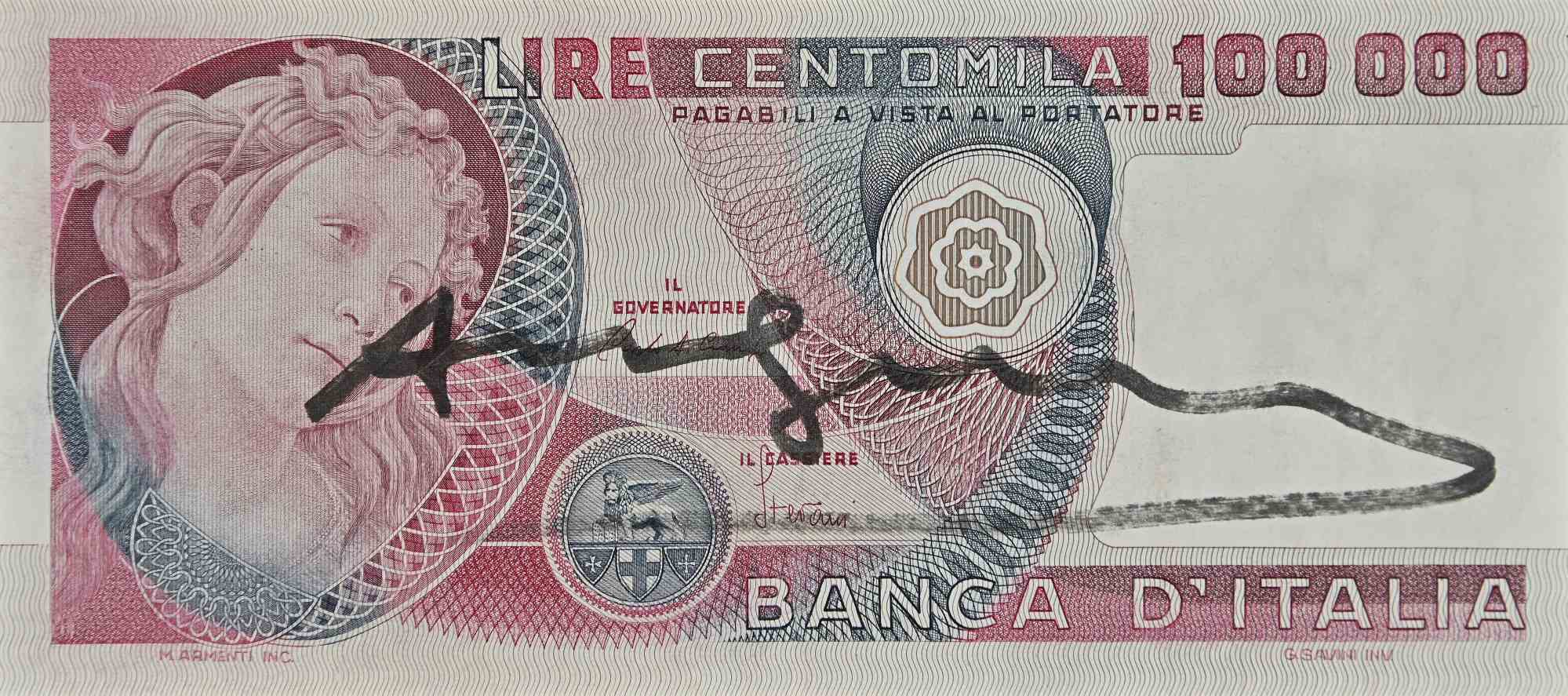
One Hundred Thousand Lira
Andy Warhol
Offset
2600€
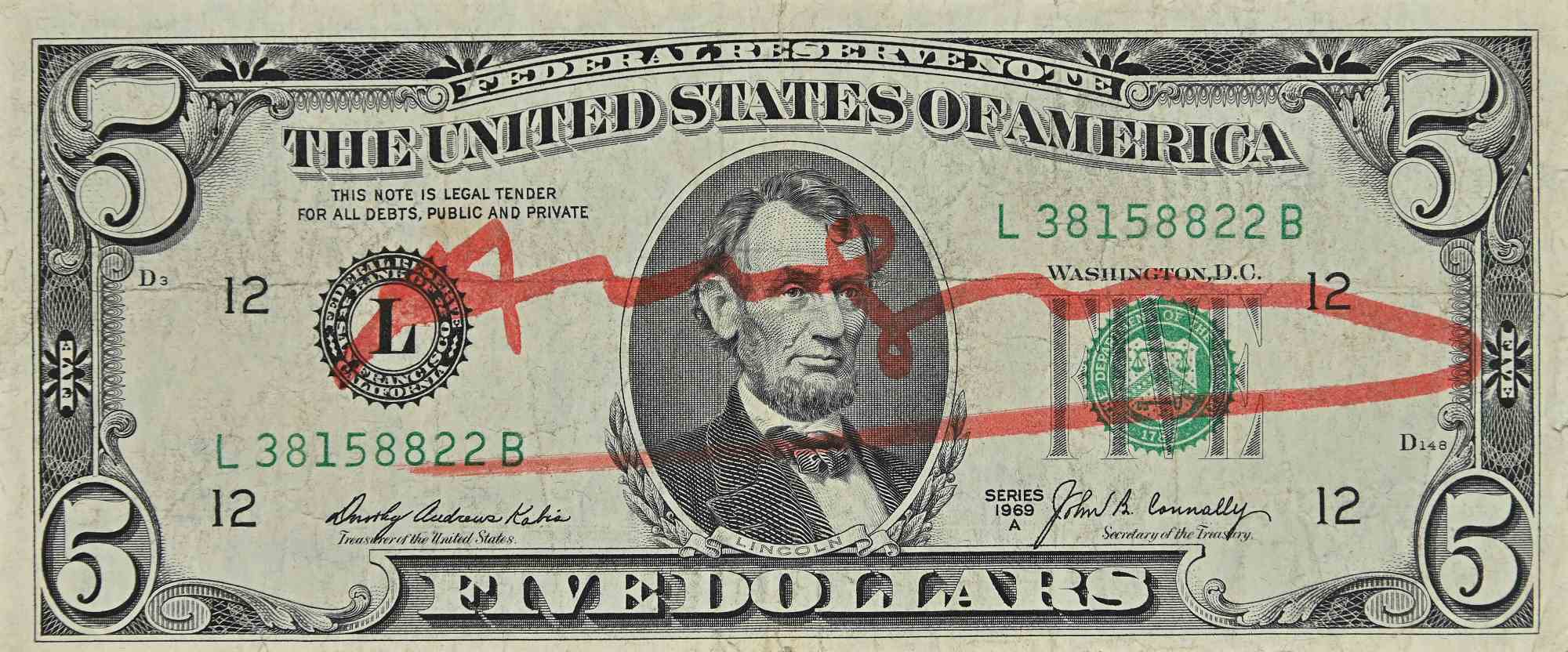
Five Dollars Bill
Andy Warhol
Offset
2812€
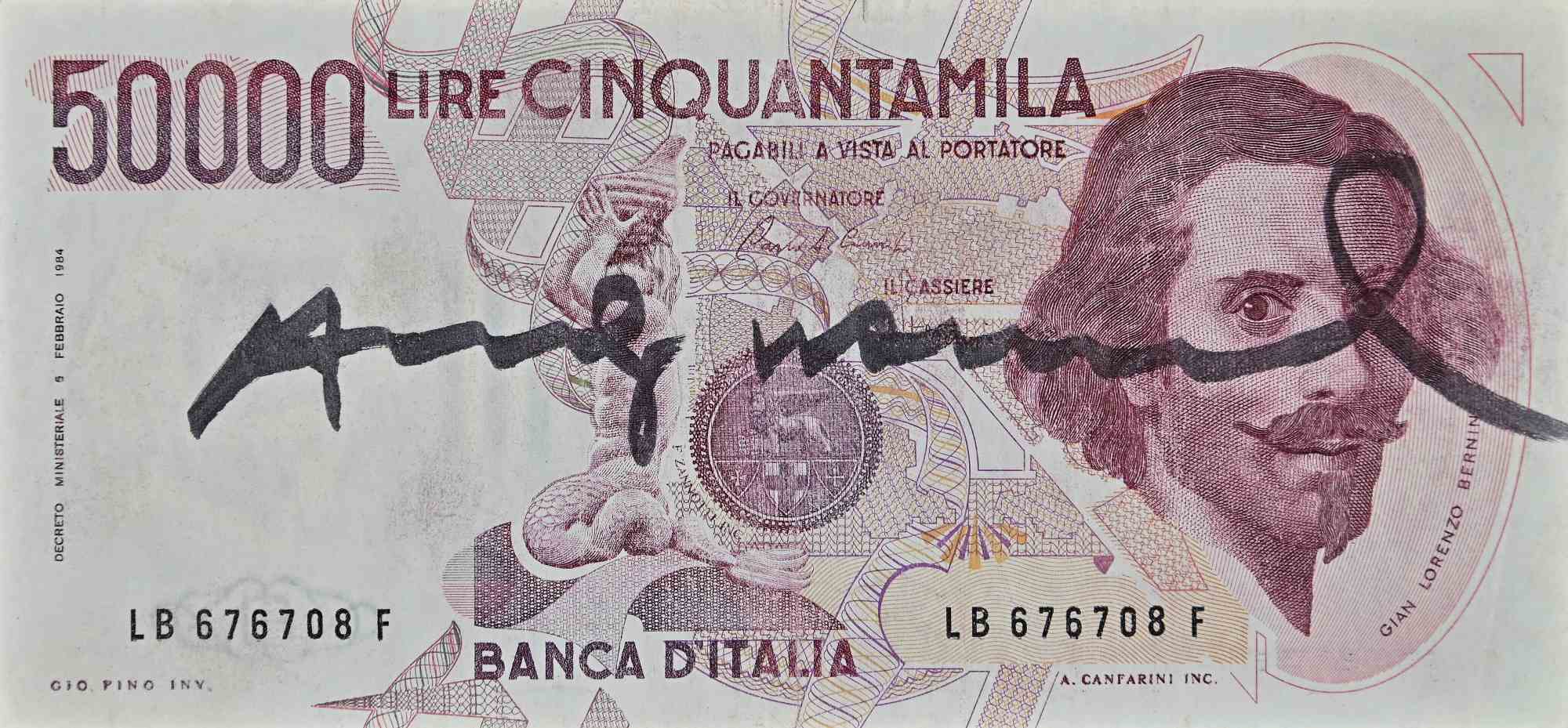
Fifty Thousand Lira
Andy Warhol
Offset
2438€
